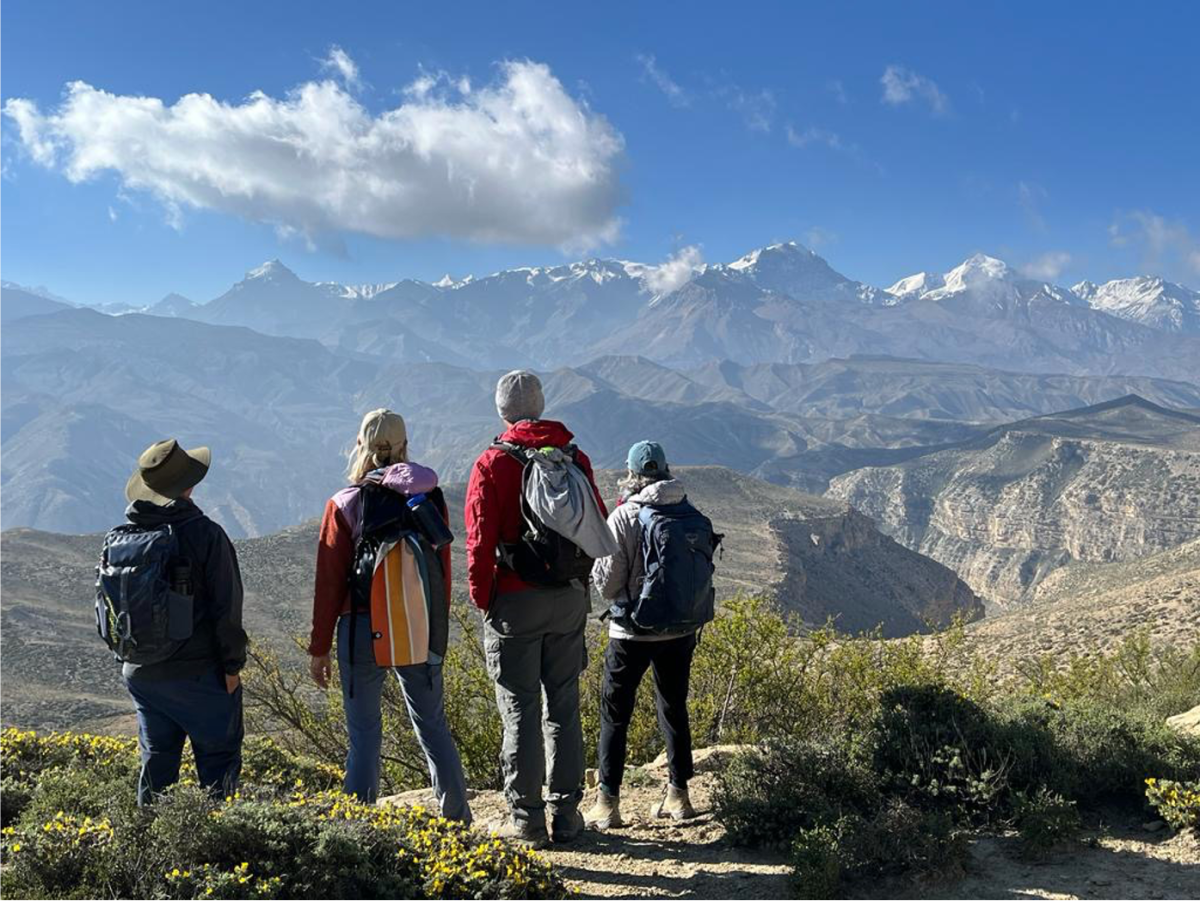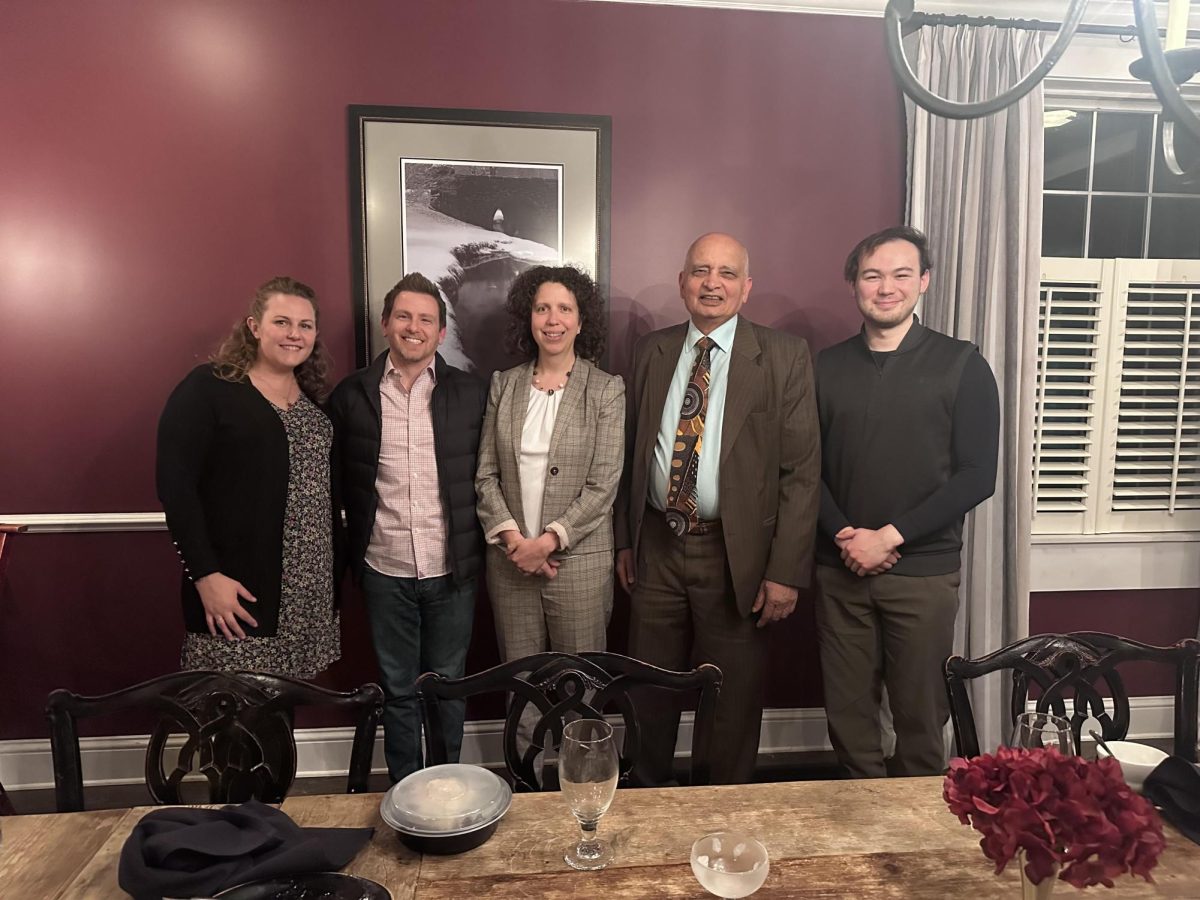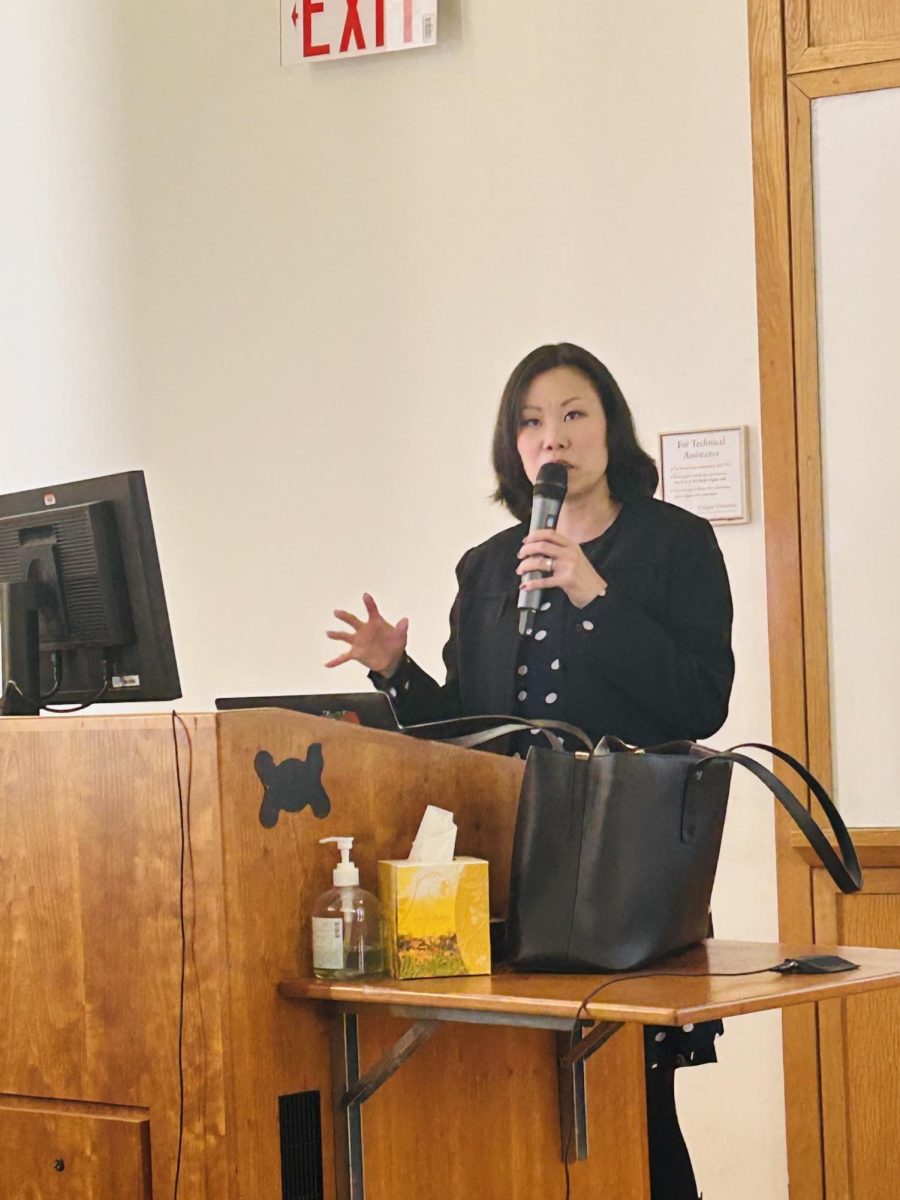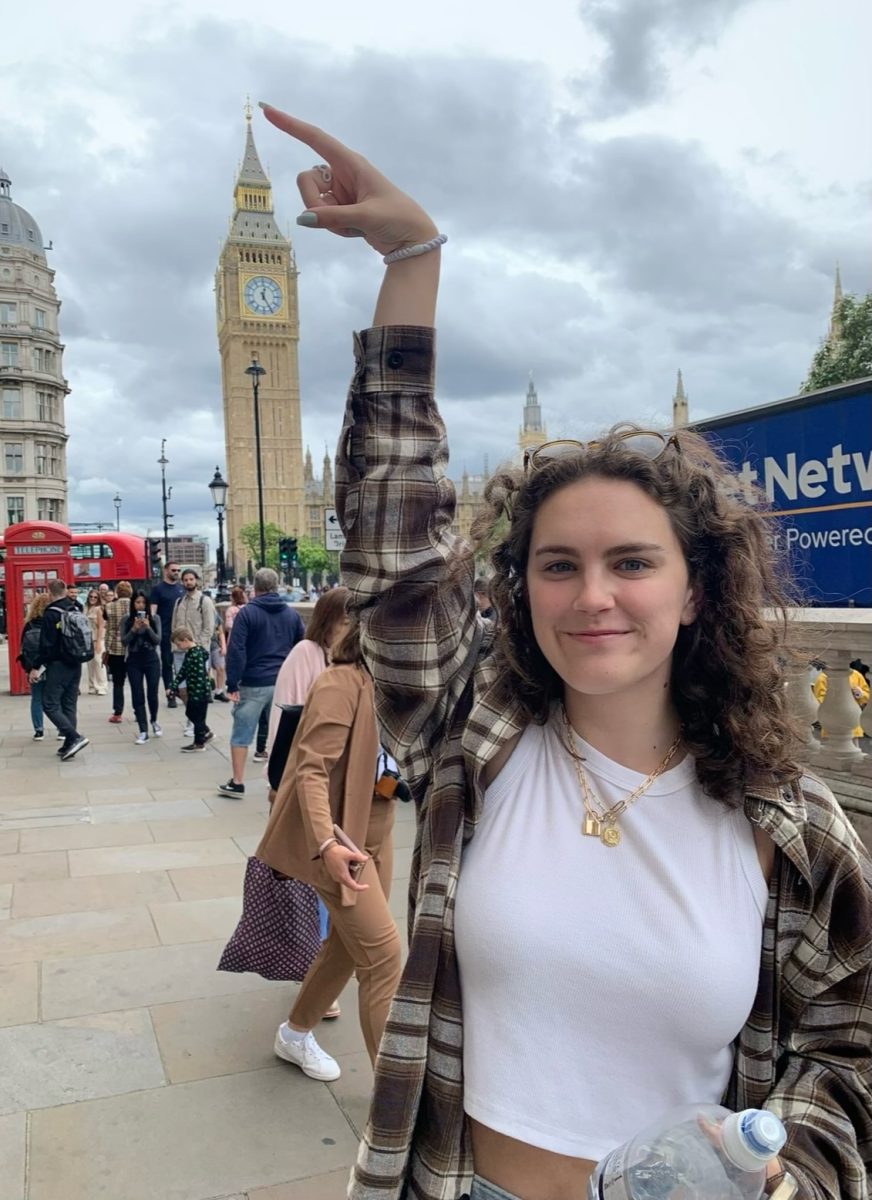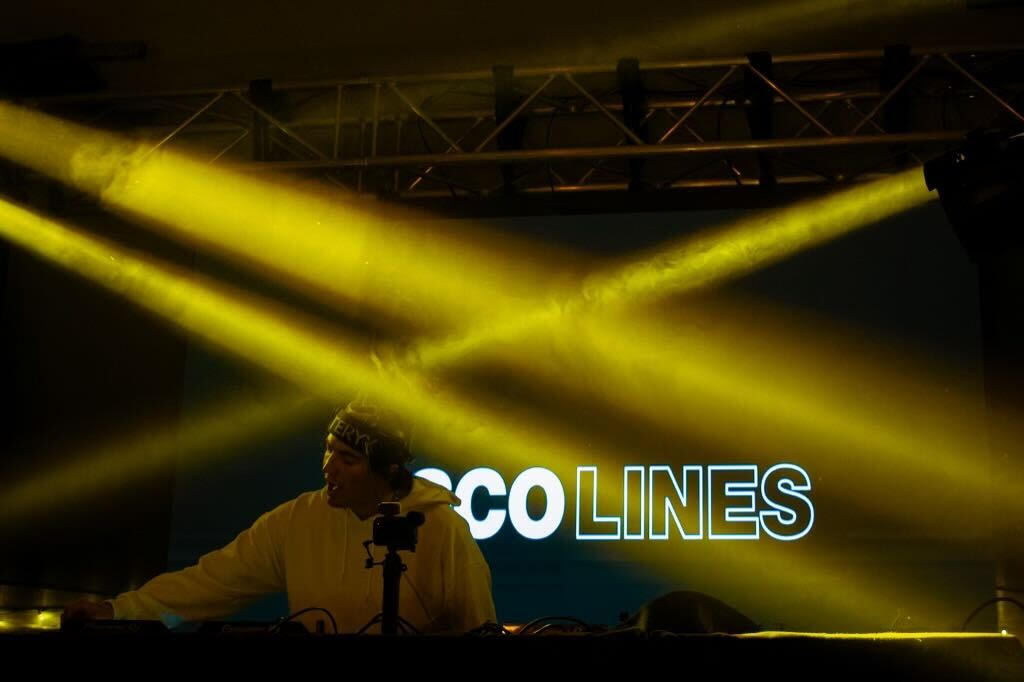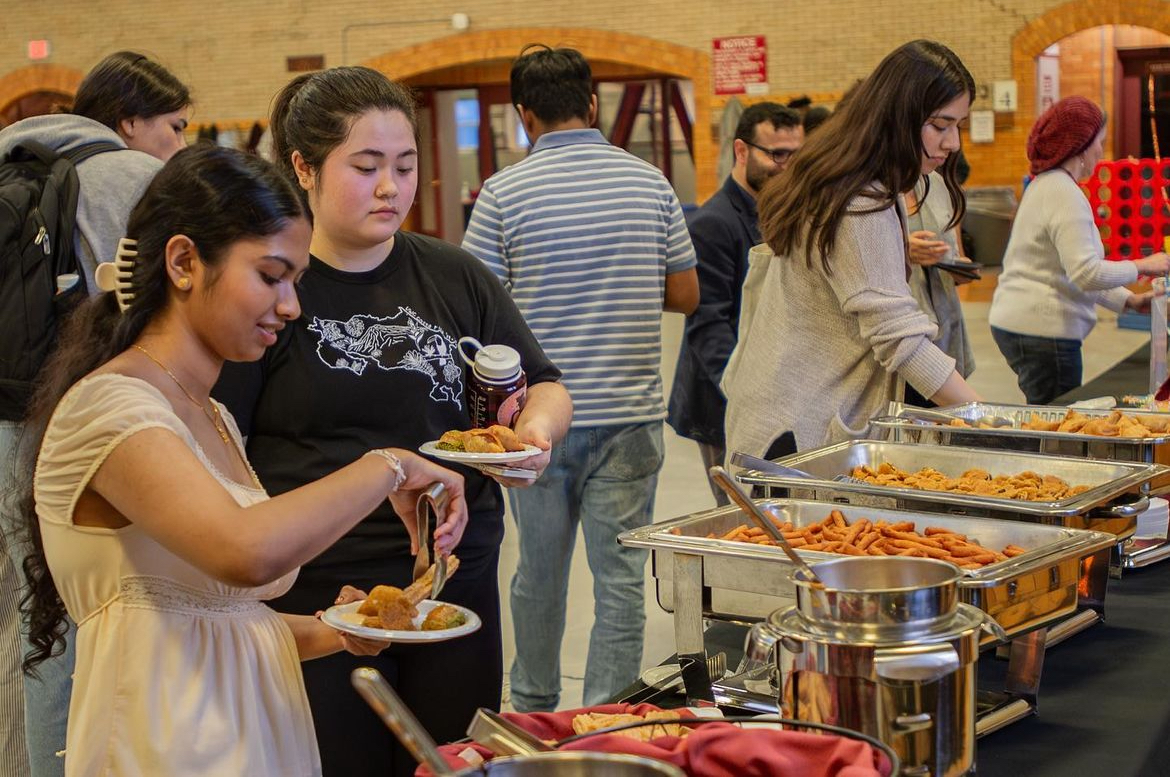Colgate University’s Art, Environmental Studies and Religion Departments hosted a joint event titled “Of Snow Leopards and Wind Horses: Three Weeks In Nepal” on Tuesday, Sept. 19. Professor of English and Creative Writing Jennifer Brice, Assistant Professor in Global Contemporary Art Brynn Hatton, Associate Professor of Environmental Studies Andy Pattison and Associate Professor of Religion Brenton Sullivan discussed why they visited Nepal and how the trip contributed to their scholarship and teaching.
In May 2022, the professors applied for a Kallgren Travel Grant, where a university committee allocates funding for groups of faculty who wish to travel to further their research. In October 2022, shortly after submitting their proposal, the professors were granted funding for their journey to Nepal.
Sullivan was excited to study Tibetan religions in Nepal, specifically Buddhism. He spent several days in Kathmandu working with scholars and visited Lumbini, which is now recognized as Buddha’s birthplace.
“Buddhism never really died out in Nepal as it did in many other parts of South Asia, it just grew and changed,” Sullivan said. “When you go there today what you see are the results of this very long history and its multiple reactions with other religious traditions and people.”
Similarly, Hatton was interested in Western artists’ engagements with South and Southeast Asia. In Kathmandu, the capital of Nepal, Hatton was able to experience and research these interactions in Durbar Square.
“Starting in around the 1960s, [Durbar Square] was a central locale for spiritual seekers from the West going to Nepal and engaging and having contact with the culture there,” Hatton said. “It was also a hub of activism during the ’60s and ’70s surrounding the anti-war protests against the American-Vietnam conflict, but also, very recently, there’s been a lot of climate actions and climate protests.”
The professors hiked the Mustang Trek during their trip, which is located in Northwestern Nepal, where the terrain is very different. Pattinson described the region as very dry, with old sedimentary rocks and a bright blue sky. On the trek, the professors reached an elevation of 13,450 feet.
The professors also touched on the idea of sustainable and ethical tourism.
“[The] majority of people who make this kind of travel possible — guides and porters and teahouse owners — are people for whom foreign travel is either an absolutely, unattainable luxury or else in the case of remittance men, something that they undertake out of economic necessity,” Brice said.
Brice proceeded to explain that all the professors wondered what “ethical tourism” might actually look like and whether it was an oxymoron.
First-year Quinn Heffernan attended the lecture and thought the professors’ choice to travel together was interesting.
“What I found most interesting was how four different professors from different subjects came together along this trip and how they each brought their own study to the trip and got different findings and different experiences,” Heffernan said.
For the professors, it was essential to share their experiences in Nepal in order to create opportunities to return in the future. Pattison discussed the future opportunities of going back.
“[The lecture could allow] for possible research in Nepal, as well as educational opportunities for our students there, [like] an extended study,” Pattison said.


